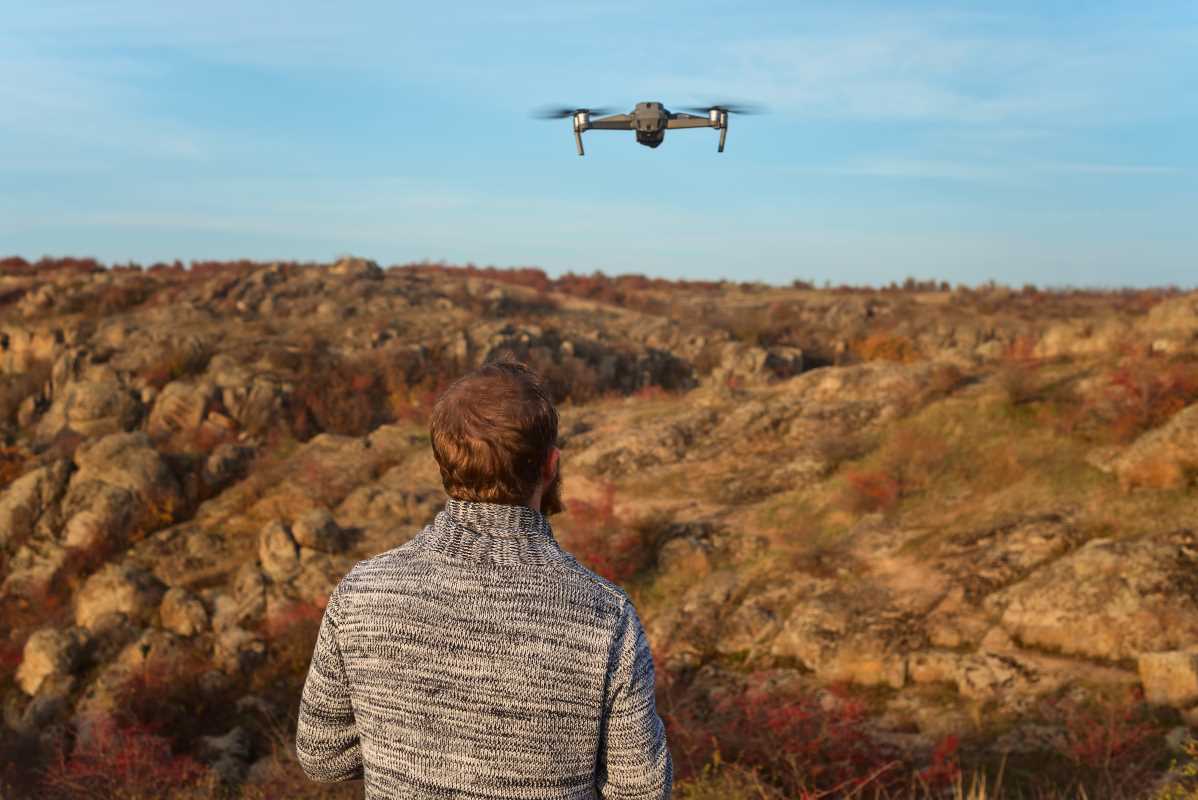Wildlife conservation has become increasingly critical as biodiversity loss accelerates, driven by habitat destruction, poaching, climate change, and other human impacts. Traditional methods of wildlife monitoring, such as field surveys, camera traps, and satellite imaging, have provided valuable insights into the state of ecosystems. However, these approaches often come with limitations, including high costs, limited coverage, and the difficulty of accessing remote or hazardous areas. Drones, or unmanned aerial vehicles (UAVs), are emerging as a transformative tool in wildlife conservation, offering innovative ways to monitor ecosystems, track animal populations, and combat illegal activities. Their versatility, cost-effectiveness, and ability to reach difficult terrains make drones an indispensable resource for conservation efforts worldwide.
The Role of Drones in Wildlife Conservation
Drones have the unique ability to fly over vast areas, providing a bird's-eye view that is hard to replicate with traditional methods. This capability allows conservationists to gather real-time data about ecosystems, wildlife behavior, and the impact of environmental changes in a way that is both efficient and non-intrusive. Some of the key areas in which drones are being used for wildlife conservation include habitat monitoring, animal tracking, anti-poaching efforts, and ecological research.
1. Habitat Monitoring and Mapping
Accurate habitat mapping is essential for understanding the spatial distribution of wildlife, assessing the health of ecosystems, and identifying areas that require protection or restoration. Drones equipped with high-resolution cameras and LiDAR (Light Detection and Ranging) sensors can create detailed, three-dimensional maps of landscapes, including dense forests, wetlands, and savannas. These maps provide valuable data on vegetation density, terrain type, and water availability—key factors that influence wildlife habitats.
Drones are particularly useful in remote or hard-to-reach areas that would be difficult, dangerous, or time-consuming for humans to access. For example, in the rainforests of Africa or the Arctic tundra, drones can fly over dense foliage or snow-covered landscapes, providing real-time images of vegetation health, signs of deforestation, and potential threats to wildlife. These insights allow conservationists to make more informed decisions about where to focus restoration efforts and how to protect endangered species.
2. Animal Tracking and Population Monitoring
Tracking wildlife populations and understanding their movements are central to conservation efforts. Drones can be used to monitor a variety of species, from terrestrial animals like elephants and tigers to marine creatures such as whales and sharks. With advanced sensors, drones can capture thermal images, infrared data, or even audio signals, which help identify and track animals without disturbing them.
For example, in the case of elephants, drones can track their movements across large savannas, providing real-time data on their location and migration patterns. This information is essential for understanding animal behavior, identifying seasonal patterns, and ensuring that conservationists can protect habitats as animals move. Additionally, drones can be used to survey animal populations, count individuals, and track the health of specific groups.
Drones also enable more efficient surveys of wildlife in areas that would be challenging for researchers on foot. In vast savannas or dense jungles, counting animal populations from the ground can take days or even weeks. By flying over large areas, drones can quickly gather data and produce more accurate population estimates in a fraction of the time.
3. Anti-Poaching Surveillance
Poaching is one of the most significant threats to endangered wildlife, and it is often carried out in remote, hard-to-police regions. Drones are increasingly being used for anti-poaching surveillance, helping conservationists monitor vast wildlife reserves, national parks, and protected areas for illegal activities. Drones equipped with thermal imaging cameras can detect the heat signatures of poachers operating at night, even in dense forests or tall grasslands, where they would be nearly invisible to traditional methods.
In many areas, drones are used to patrol reserves, alerting rangers to potential poaching activity and allowing them to respond quickly. The presence of drones can also serve as a deterrent, as poachers are aware that they are being monitored from the air. For example, in several African countries, drones are deployed over national parks to monitor rhino populations and deter poachers, who have been known to target these endangered animals for their valuable horns.
Drones can also be equipped with GPS trackers to follow poachers or vehicles involved in illegal activities, providing real-time information to park rangers. This enables conservationists to intercept poachers and prevent further harm to endangered species.
4. Ecological Research and Data Collection
Drones are becoming invaluable tools in ecological research, allowing scientists to gather data that would be difficult or impossible to collect otherwise. In marine environments, drones equipped with cameras and sensors can capture data on coral reefs, monitor water quality, and observe marine animals like sea turtles, dolphins, and whales. Similarly, drones can be used to survey forests for signs of disease or pest infestation that could threaten wildlife habitats.
The ability to collect high-quality, real-time data over vast areas allows researchers to monitor ecosystem health and assess the effectiveness of conservation strategies. For example, drones can be used to track the impact of forest restoration efforts or the recovery of endangered species, providing important feedback on the success of these initiatives.
Furthermore, drones can collect data in places where human access is dangerous or impractical. In the case of volcanoes, for instance, drones can monitor wildlife populations in areas affected by eruptions or lava flows, collecting crucial information without putting researchers at risk.
5. Community Engagement and Education
Beyond direct conservation efforts, drones are also helping to engage communities and raise awareness about wildlife conservation. Drone footage is being used in documentaries, educational programs, and outreach efforts to capture stunning visuals of wildlife in their natural habitats. This helps bring attention to the importance of conservation and the need for global action to protect endangered species and their ecosystems.
Moreover, drones can be used to engage local communities in conservation efforts. By providing locals with drone technology and training, conservation organizations empower them to monitor their own environments, detect illegal activities, and promote sustainable practices that protect wildlife and their habitats.







